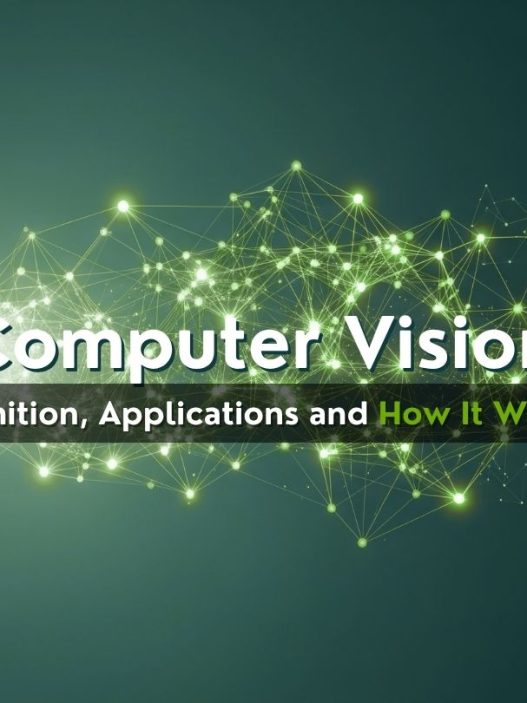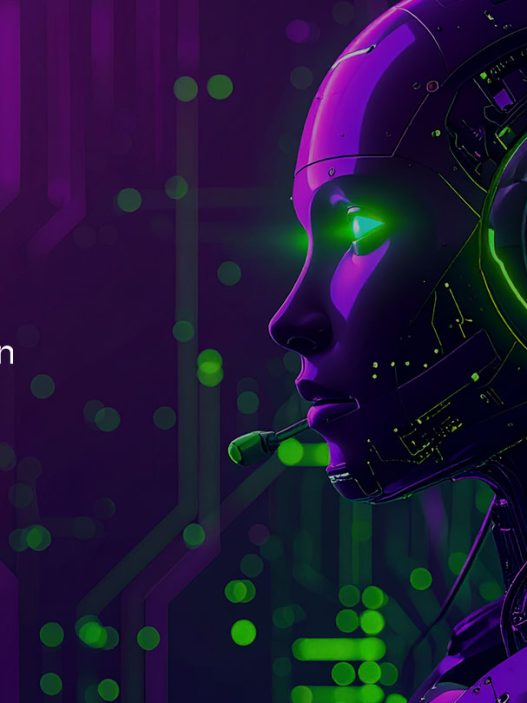The convergence of natural language processing / NLP machine learning has become the cornerstone of modern artificial intelligence, revolutionizing how machines understand and interact with human language.
With the global NLP market projected to reach $26.01 billion in 2025 and expand to $156.80 billion by 2030, this technological fusion is reshaping industries from healthcare to finance at an unprecedented pace.
As machine learning natural language processing algorithms become increasingly sophisticated, they’re enabling computers to not just process text, but truly comprehend context, sentiment analysis, and intent behind human communication. From text classification and speech recognition to advanced chatbots and virtual assistants, this comprehensive guide explores the cutting-edge NLP machine learning applications, emerging trends, and practical implementations that are defining the future of natural language processing machine learning in 2025.
What Exactly Is Natural Language Processing Machine Learning?
Natural language processing machine learning represents the intersection where artificial intelligence meets human communication. At its core, this technology combines computational linguistics with statistical modeling to enable machines to understand, interpret, and generate human language naturally.
Unlike traditional rule-based systems, machine learning-powered NLP leverages vast datasets to learn patterns and relationships in language. This approach allows systems to handle the complexity and ambiguity inherent in human communication, from understanding sarcasm to recognizing cultural context.
How Does Machine Learning Transform Traditional NLP?
Traditional NLP relied heavily on hand-crafted rules and linguistic knowledge bases. Machine learning natural language processing revolutionizes this approach by automatically learning from data, making systems more adaptable and accurate across diverse languages and domains.
Modern NLP systems utilize deep learning architectures like transformers, which can process entire sentences simultaneously rather than word by word. This parallel processing capability enables models like BERT and GPT to achieve human-level performance in many language understanding tasks.
| Traditional NLP | ML-Powered NLP |
| ✗ Rule-based systems | ✓ Data-driven learning |
| ✗ Limited scalability | ✓ Highly scalable |
| ✗ Manual feature engineering | ✓ Automatic feature extraction |
| ✗ Poor handling of ambiguity | ✓ Context-aware understanding |
Where Are We Seeing NLP Machine Learning Applications Today?
The practical applications of NLP machine learning applications span virtually every industry, with the market experiencing explosive growth at 23.4% CAGR. Healthcare leads adoption with clinical decision support systems and text analytics machine learning for patient data analysis, while finance leverages sentiment analysis for market predictions and fraud detection.
E-commerce platforms utilize recommendation engines powered by natural language processing machine learning to analyze customer reviews and preferences.
Meanwhile, customer service has been revolutionized through intelligent chatbots and virtual assistants that can understand complex queries and provide contextually relevant responses using advanced NLP AI techniques 2025.
Which Industries Benefit Most From NLP Machine Learning?
Healthcare emerges as the biggest beneficiary, where NLP systems process unstructured clinical notes to identify patterns in patient data. These systems can predict disease outbreaks, suggest treatments, and even detect early signs of conditions like Alzheimer’s through speech pattern analysis.
Financial services rank second, utilizing real-time sentiment analysis to gauge market sentiment from news articles, social media, and financial reports. Investment firms report up to 15% improvement in trading decisions when incorporating NLP-driven insights into their strategies.
Industry Impact Statistics:
- Healthcare: 67% improvement in diagnostic accuracy
- Finance: 23% reduction in fraud detection time
- E-commerce: 31% increase in conversion rates
- Customer Service: 45% reduction in response time
What Are the Core Techniques Powering Modern NLP?
The foundation of effective text analytics machine learning rests on several key algorithms and neural network architectures. Transformer models have become the dominant architecture, enabling models to process long sequences and capture complex relationships between words through self-attention mechanisms.
Deep learning techniques like recurrent neural networks (RNNs), long short-term memory (LSTM) networks, and convolutional neural networks excel at sequential data processing and text classification.
However, transformer-based models like BERT, GPT, and T5 have largely superseded these earlier approaches due to their superior performance in natural language processing machine learning tasks including sentiment analysis, named entity recognition, and speech recognition.
How Do Transformer Models Work in Practice?
Transformer models revolutionized NLP through their attention mechanism, which allows the model to focus on relevant parts of the input when processing each word. This self-attention capability enables understanding of context that spans entire documents, not just nearby words.
The bidirectional nature of models like BERT means they can understand context from both directions simultaneously. This results in more nuanced understanding of language ambiguities and helps resolve issues like pronoun resolution and semantic disambiguation.
Key NLP Techniques in 2025:
✓ Transformer Architecture – Self-attention mechanisms for context understanding
✓ Transfer Learning – Pre-trained models fine-tuned for specific tasks
✓ Multimodal Processing – Combining text with images and audio
✓ Few-shot Learning – Learning new tasks with minimal training data
✓ Neural Machine Translation – Real-time language translation with 98% accuracy
What NLP Machine Learning Trends Will Define 2025?
The NLP AI techniques 2025 landscape is characterized by several breakthrough developments in machine learning natural language processing. Multimodal AI integration leads the charge, enabling systems to process text, images, and audio simultaneously for richer understanding and more comprehensive responses through advanced transformer models.
Edge computing deployment is accelerating, allowing natural language processing machine learning to occur directly on devices rather than requiring cloud connectivity. This shift reduces latency, improves privacy, and enables real-time text analytics machine learning including sentiment analysis, text classification, and speech recognition in previously impossible scenarios with chatbots and virtual assistants.
Which Emerging Technologies Are Game-Changers?
Large Language Models (LLMs) continue evolving toward more specialized, domain-specific applications. Rather than pursuing ever-larger general models, 2025 sees a trend toward efficient, task-specific models that deliver superior performance with lower computational requirements.
Retrieval-Augmented Generation (RAG) represents another significant advancement, combining the fluency of language models with the accuracy of information retrieval systems. This approach addresses the hallucination problem in AI-generated content while maintaining creative capabilities.
| 2025 NLP Trends | Impact Level | Adoption Rate |
| Multimodal Integration | High | 73% |
| Edge Computing NLP | Medium | 45% |
| Domain-Specific LLMs | High | 68% |
| RAG Systems | Medium | 52% |
| Quantum NLP | Low | 12% |
How Can You Implement NLP Machine Learning Solutions?
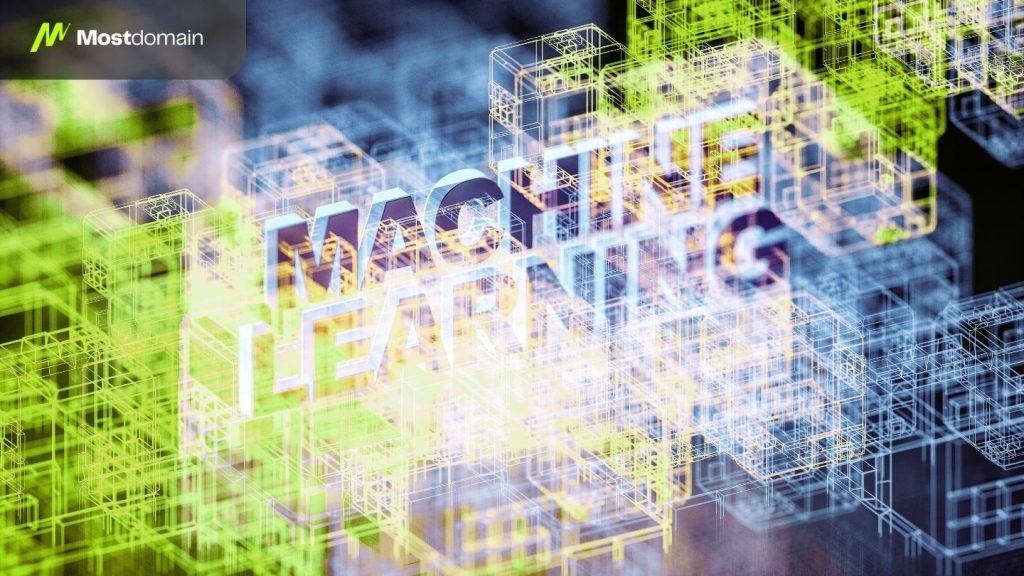
Successful implementation of machine learning natural language processing requires careful selection of tools and frameworks aligned with specific use cases. Cloud-based solutions offer rapid deployment for NLP machine learning applications, while on-premises implementations provide greater control and privacy for sensitive text analytics machine learning operations.
Popular frameworks like Hugging Face Transformers, spaCy, and NLTK provide accessible entry points for developers working with transformer models, BERT, and GPT implementations. For enterprises, platforms like Google Cloud Natural Language API and Amazon Comprehend offer production-ready solutions with minimal setup requirements for sentiment analysis, text classification, speech recognition, and chatbots deployment.
What Tools Should You Choose for Your NLP Project?
Open-source frameworks dominate the development landscape, with TensorFlow and PyTorch providing the foundation for most custom NLP applications. Hugging Face Transformers has become the de facto standard for accessing pre-trained models and fine-tuning them for specific tasks.
Commercial platforms excel in enterprise scenarios requiring high availability, scalability, and support. Microsoft Azure Cognitive Services and IBM Watson Natural Language Understanding provide robust APIs with built-in compliance and security features.
💡 Pro Tip: Start with pre-trained models and fine-tune rather than training from scratch. This approach reduces development time by 80% while achieving comparable performance for most applications.
Essential NLP Implementation Stack:
Data Processing: pandas, NumPy, scikit-learn
Model Development: Transformers, TensorFlow, PyTorch
Cloud Deployment: AWS SageMaker, Google Vertex AI
Monitoring: MLflow, Weights & Biases
Security: Differential privacy, federated learning
Can You Share Real-World Success Stories?
Leading organizations across industries have achieved remarkable results through strategic NLP machine learning applications implementation using transformer models, BERT, and GPT architectures.
These case studies demonstrate measurable business impact from text analytics machine learning, sentiment analysis, text classification, and speech recognition technologies.
Netflix’s recommendation system processes millions of user reviews and viewing patterns using advanced natural language processing machine learning algorithms. Their NLP-powered system analyzes not just what users watch, but how they describe content through sophisticated sentiment analysis and text classification, resulting in a 25% increase in user engagement with their virtual assistants and recommendation engines.
What Results Are Companies Actually Achieving?
JPMorgan Chase implemented an NLP machine learning applications system called COIN (Contract Intelligence) that processes legal documents using transformer models and text classification algorithms.
This machine learning natural language processing system reduced document review time from 360,000 hours annually to just seconds, saving millions in legal costs while improving accuracy through advanced text analytics machine learning.
Mayo Clinic deployed NLP AI techniques 2025 to analyze clinical notes and identify patients at risk for specific conditions using sentiment analysis and text classification on unstructured medical data.
Their natural language processing machine learning implementation resulted in 30% earlier detection of sepsis cases and 15% reduction in hospital readmission rates, directly improving patient outcomes through intelligent chatbots and clinical decision support systems.
| Company | Use Case | Results |
| Netflix | Content Recommendation | 25% ↑ user engagement |
| JPMorgan | Document Processing | 99.9% ↓ processing time |
| Mayo Clinic | Clinical Analysis | 30% earlier diagnosis |
| Airbnb | Review Analysis | 18% ↑ booking rates |
Key Success Factors:
✅ Clear business objectives and measurable KPIs
✅ High-quality, domain-specific training data
✅ Iterative development with continuous feedback
✅ Cross-functional team collaboration
✅ Robust monitoring and maintenance processes
The Road Ahead: Navigating NLP’s Intelligent Future
The trajectory of natural language processing machine learning points toward an increasingly interconnected and intelligent digital ecosystem powered by advanced transformer models, BERT, and GPT architectures.
As we advance through 2025, the boundaries between human and machine communication continue to blur through sophisticated NLP AI techniques 2025 including sentiment analysis, text classification, and speech recognition.
The convergence of NLP machine learning applications with emerging technologies like quantum computing and neuromorphic chips promises to unlock capabilities in text analytics machine learning we can barely imagine today.
Organizations implementing chatbots, virtual assistants, and other machine learning natural language processing solutions now, with clear strategies and realistic expectations, will be best positioned to capitalize on these revolutionary developments.
The future belongs to those who can harness the power of language understanding to create more intuitive, responsive, and intelligent systems. Whether you’re developing customer service chatbots or analyzing global sentiment trends, the tools and techniques outlined in this guide provide your roadmap to success in the NLP-driven future.
References
- StartUs Insights. (2025). Natural Language Processing Market Report 2025.
- Statista. (2025). Natural Language Processing – Global Market Forecast.
- Shaip. (2025). Top 10 NLP Trends to Watch in 2025 – Future of AI & Language Processing.
- ArtSmart AI. (2024). Natural Language Processing (NLP) Statistics in 2024.
- TekRevol. (2025). The Future of Natural Language Processing: Trends to Watch in 2025 and Beyond.
- Future Market Insights. (2025). NLP Market Size, Share & Forecast 2025-2035.
- Springer. (2022). Natural language processing: state of the art, current trends and challenges.
- Machine Learning Mastery. (2025). 7 Machine Learning Trends to Watch in 2025.
- Analytics India Magazine. (2024). 7 Best NLP Based SEO Tools in 2025.
- SEO.AI. (2024). Should You Use NLP for SEO?




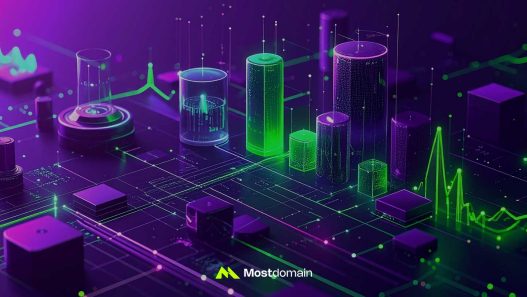

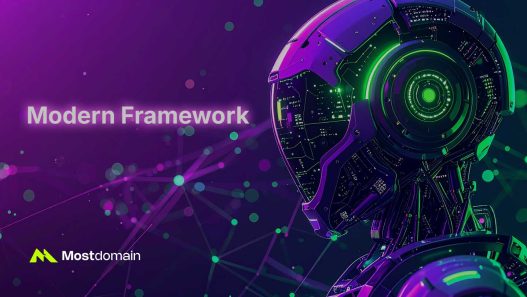

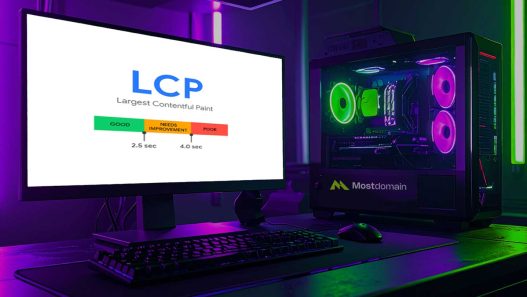
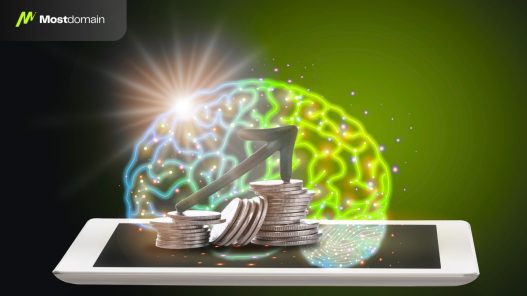


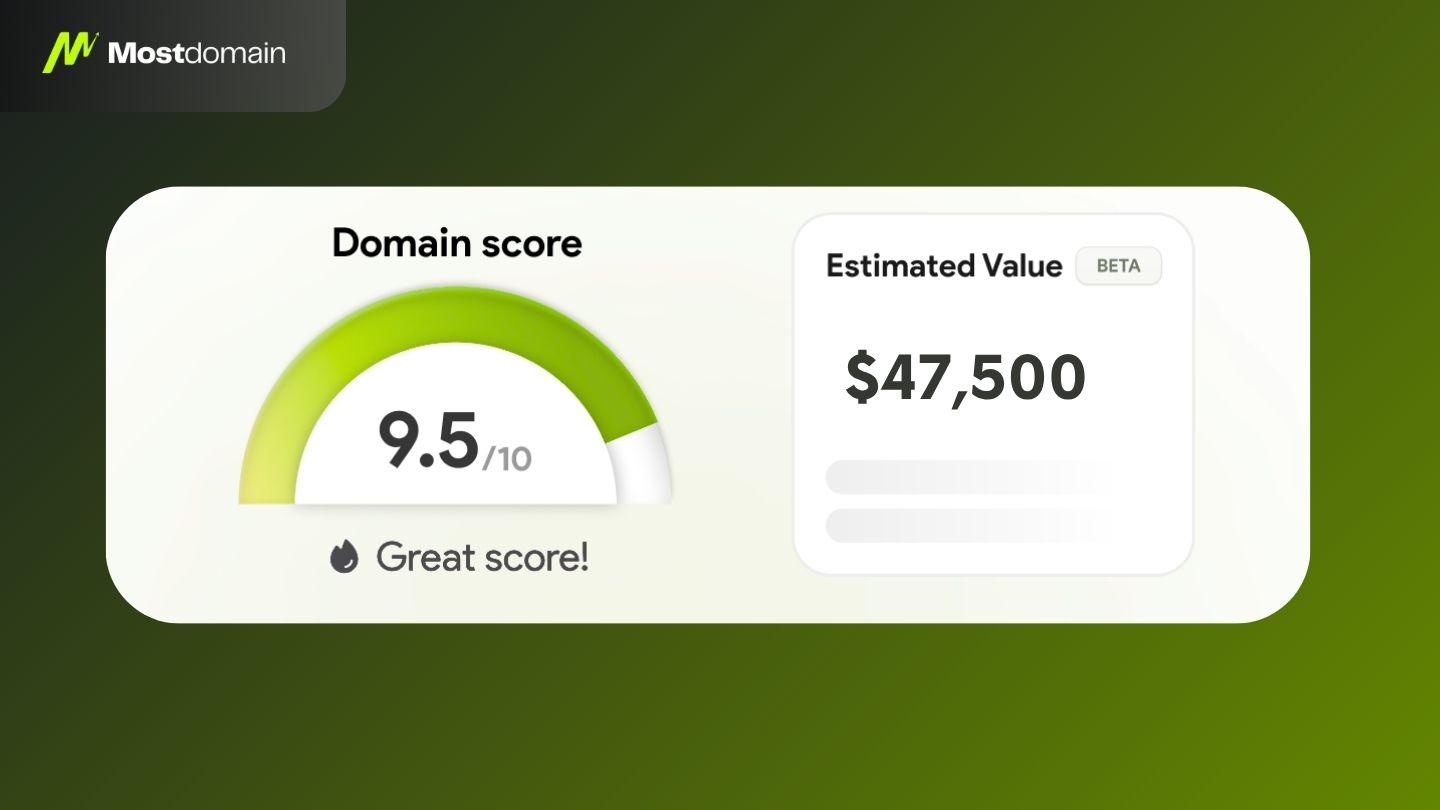

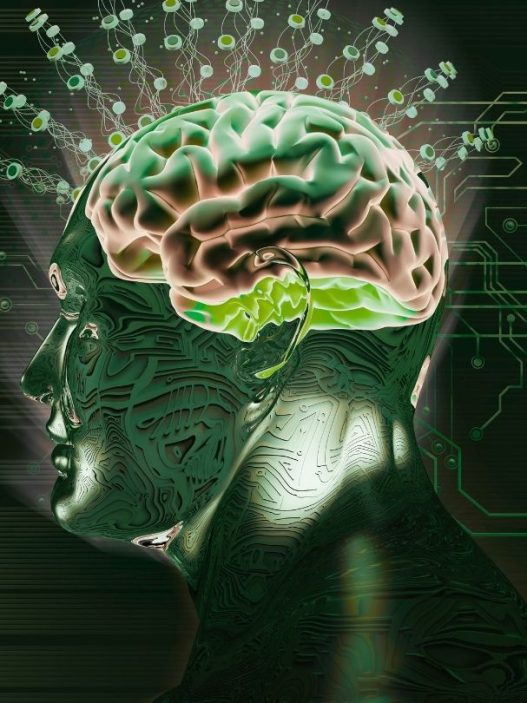
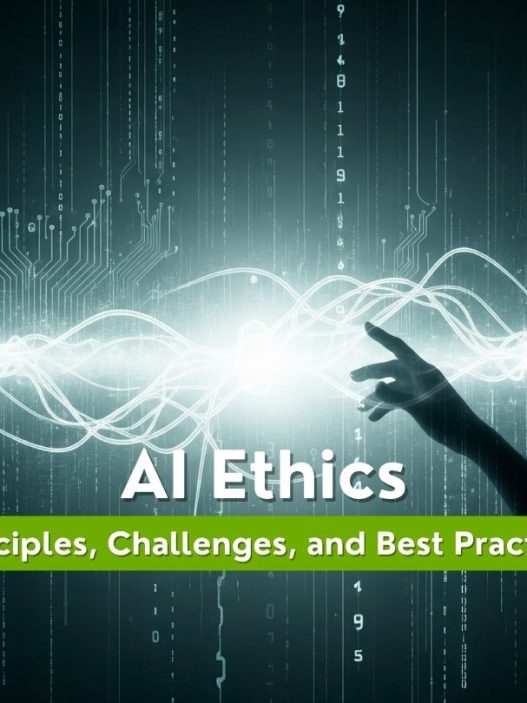

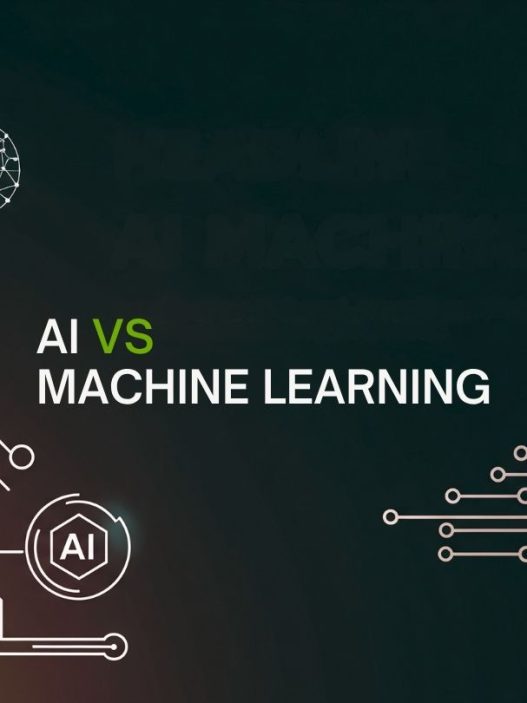
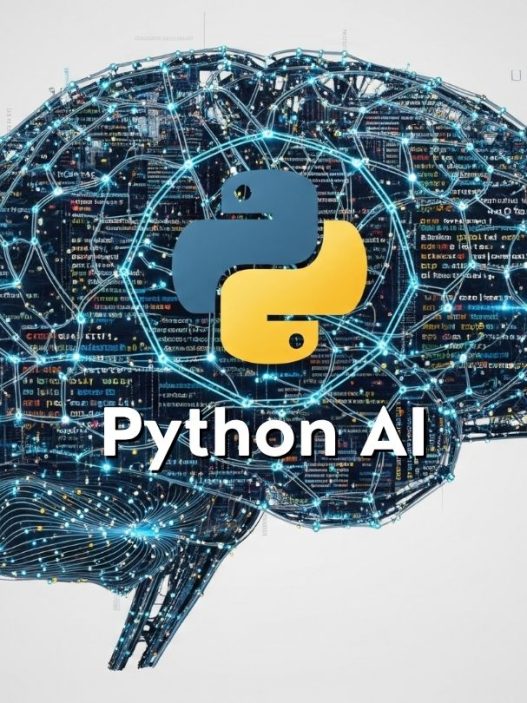
![AI Chatbot: Best Platforms, Implementation & Use Cases [2025]](https://mostdomain.net/wp-content/uploads/2025/08/AI-Chatbot-mostdomain.net_-527x703.jpg)
